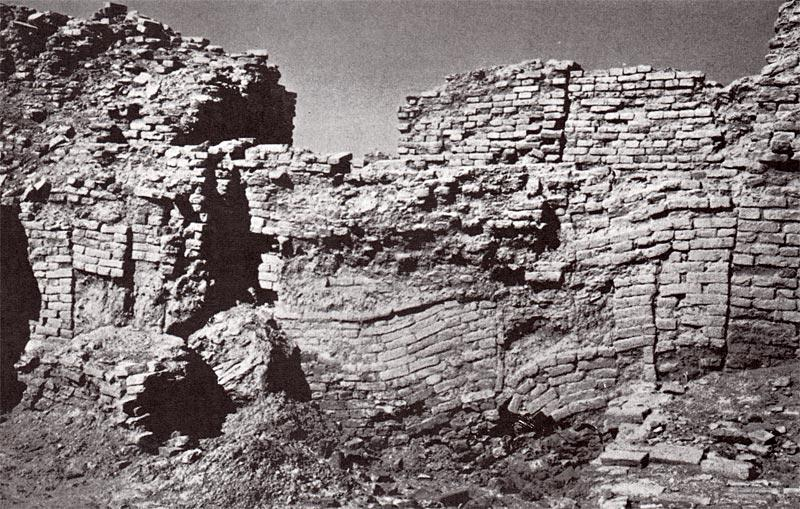Declination of Indus Valley Civilization
Harappa's population had trade links with other civilizations, a complex infrastructure with well-developed sewage systems, and their own writing system, indicating that the Indus Valley civilization was extremely advanced. However, the population began to dwindle from 2500 BC when people began to relocate to the eastern side of the Himalayan foothills. By 1800 BC, many people had abandoned cities, leaving them deserted, and the population of villages had also decreased.
Dams, wells, sewers, and waterways were all well-built in this land. However, the summer heat got the best of them in 2500 BC, and drought became an issue. Because agriculture relied on floods for irrigation, the lack of water caused people to flee the cities and relocate to other locations. For the winter monsoons, people flocked to the Himalayan foothills, but they quickly dispersed. The shortage of water was a major cause in the Indus Valley civilization's demise.
Also, the Indo-Aryan culture also may have been a factor in the Indus Valley civilization's declination, as they moved into the region and drove out the Indus Valley civilization's population.
Numerous ruins were unearthed during the excavation of the site after civilization collapsed. Many ruins were constructed as a result of this, and they contributed to the creation of history and a memoir about the existence of the oldest civilization.











